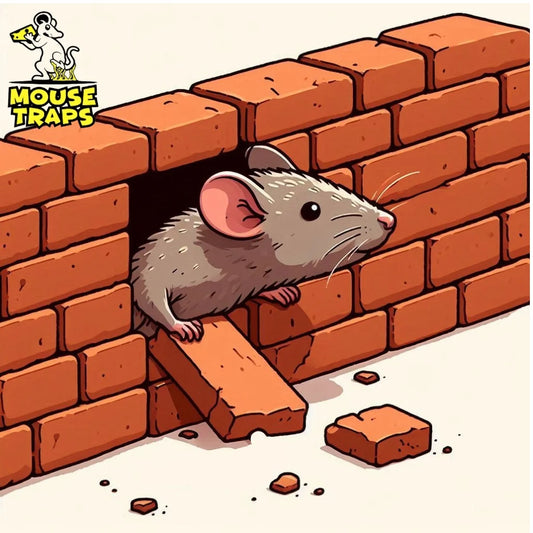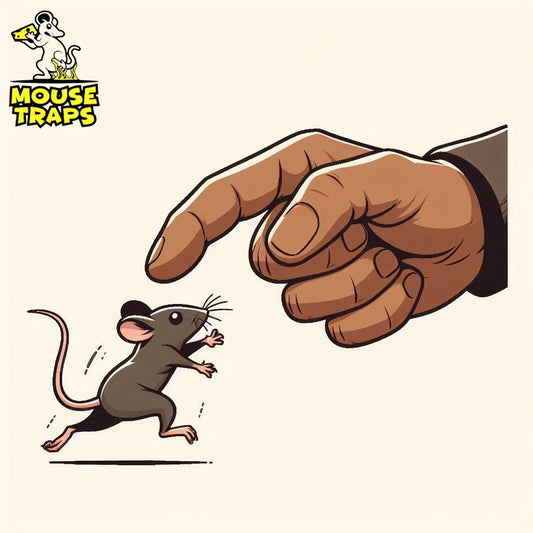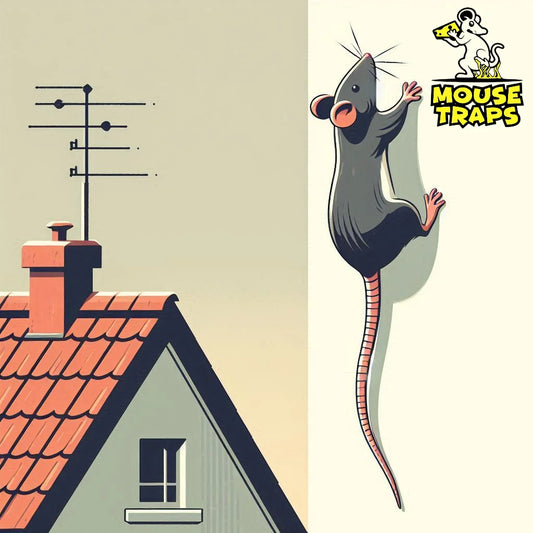Introduction:
Having to manage a mouse problem can be quite distressing, for homeowners prompting them to explore remedies, like mouse poison. While poison can be an effective method of rodent control, understanding how it works and how long it takes to be effective is crucial for successful pest management.
1) Types of Mouse Poison:
- Mouse poisons, also known as rodenticides, come in various forms, including anticoagulants, neurotoxins, and desiccants. Anticoagulant rodenticides are the most commonly used and work by preventing blood clotting, leading to internal bleeding and eventual death. These typically take a few days to a week to kill the mouse.

2) Factors Influencing Effectiveness:
- Size and Health of the Mouse: The effectiveness of the poison can depend on the size and health of the mouse. Larger mice may require a higher dose of poison, while smaller or weaker mice may succumb more quickly.

- Amount Ingested: The amount of poison ingested by the mouse plays a significant role in how quickly it works. A larger dose may lead to faster onset of symptoms and death.
- Type of Poison: Different types of poisons have varying mechanisms of action and may take different amounts of time to be effective.
3) Timeframe for Effectiveness:
- In general, mouse poisons can start to take effect within a few hours to a day after ingestion. However, it may take several days for the mouse to die, especially if it consumes a sub-lethal dose or if the poison takes time to accumulate in its system.
4) Monitoring and Safety Precautions:
- It's essential to monitor for signs of rodent activity and keep track of any bait stations or traps that have been set.
- If you suspect that a mouse has ingested poison, you may notice symptoms such as lethargy, weakness, loss of appetite, or visible signs of bleeding.
- Always follow the manufacturer's instructions carefully and take precautions to prevent accidental ingestion by pets or children.
5) Consider Alternatives:
While mouse poison can be effective, it's important to consider alternatives, especially if you have pets or small children in the home. Non-toxic methods of rodent control, such as live traps, or sticky glue trap, can be safer options for controlling mouse populations.
Sticky Glue Traps:
Sticky glue traps are flat boards coated with a strong adhesive. When a rodent walks onto the trap, it becomes stuck to the adhesive surface, making it unable to escape.

Benefits:
- Cost-effective: Sticky glue traps are generally inexpensive and readily available at most hardware and pest control stores.
- Ease of use: These traps require minimal setup and maintenance. Simply place them in areas where rodent activity is observed.
- Effectiveness: Sticky glue traps can capture multiple rodents at once, making them suitable for controlling infestations.
- Non-toxic: Unlike poison, glue traps do not contain chemicals that pose risks to pets or children.
Live Humane Traps:
Live humane traps are designed to capture rodents without harming them. These traps typically consist of a box or cage with a trigger mechanism that closes the door once the rodent enters.

Benefits:
- Ethical: Live humane traps provide a humane alternative to lethal methods of rodent control. Once captured, rodents can be released unharmed into their natural habitat.
- Reusability: Many live humane traps are designed for multiple uses, allowing homeowners to capture and release rodents without the need for additional purchases.
- Safe for pets and children: Since live humane traps do not use poisons or adhesives, they pose minimal risks to pets or children if accidentally triggered.
- Environmental friendly: Live humane traps promote environmentally friendly pest control practices by avoiding the use of chemicals or toxins.
Conclusion:
Using mouse poison can help control populations but its crucial to know its mechanisms and the time it takes to work for successful pest control. Taking into account variables, like the poison utilized the mouse size and health and safety measures homeowners can efficiently handle mouse infestations while keeping risks, for pets and children.




